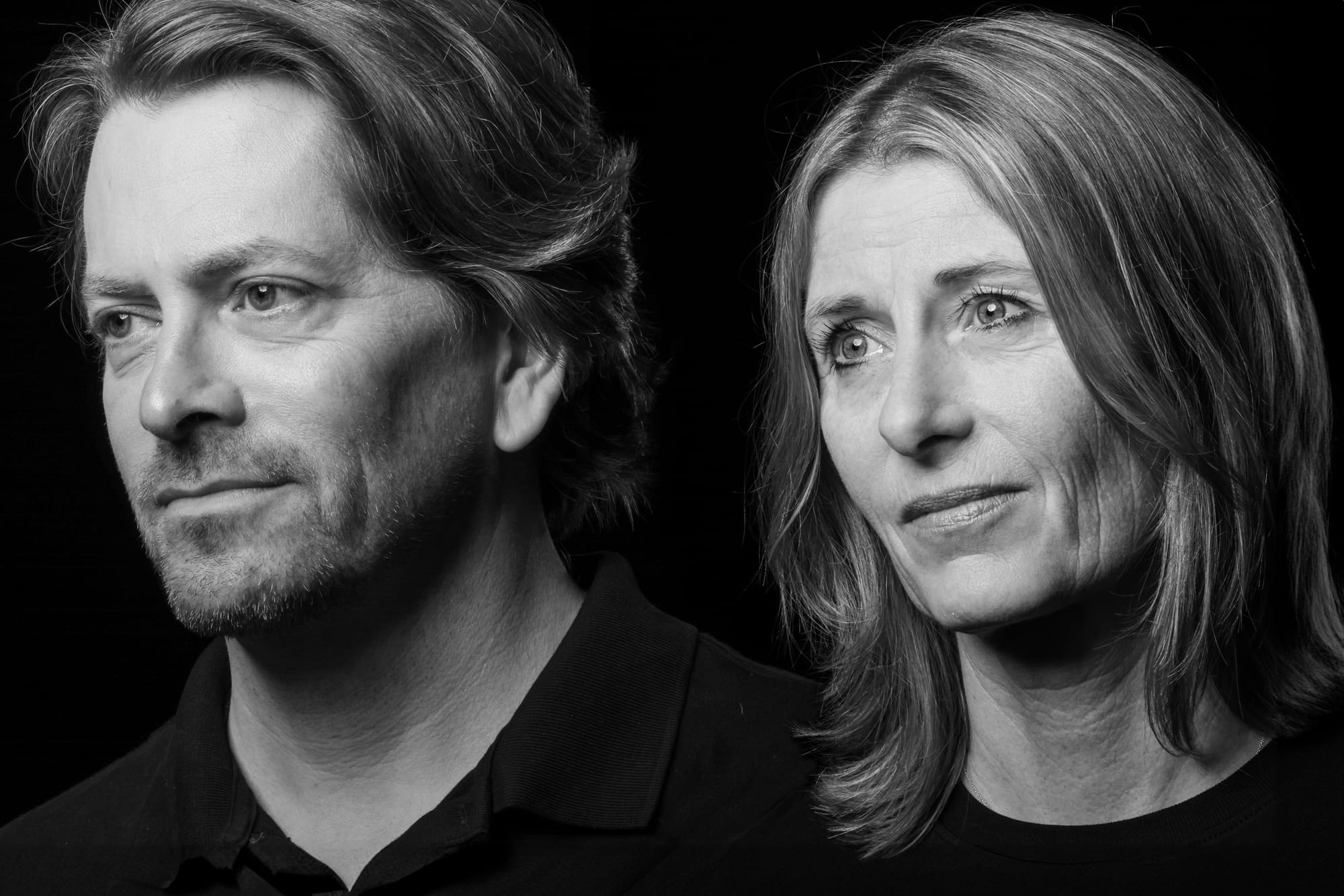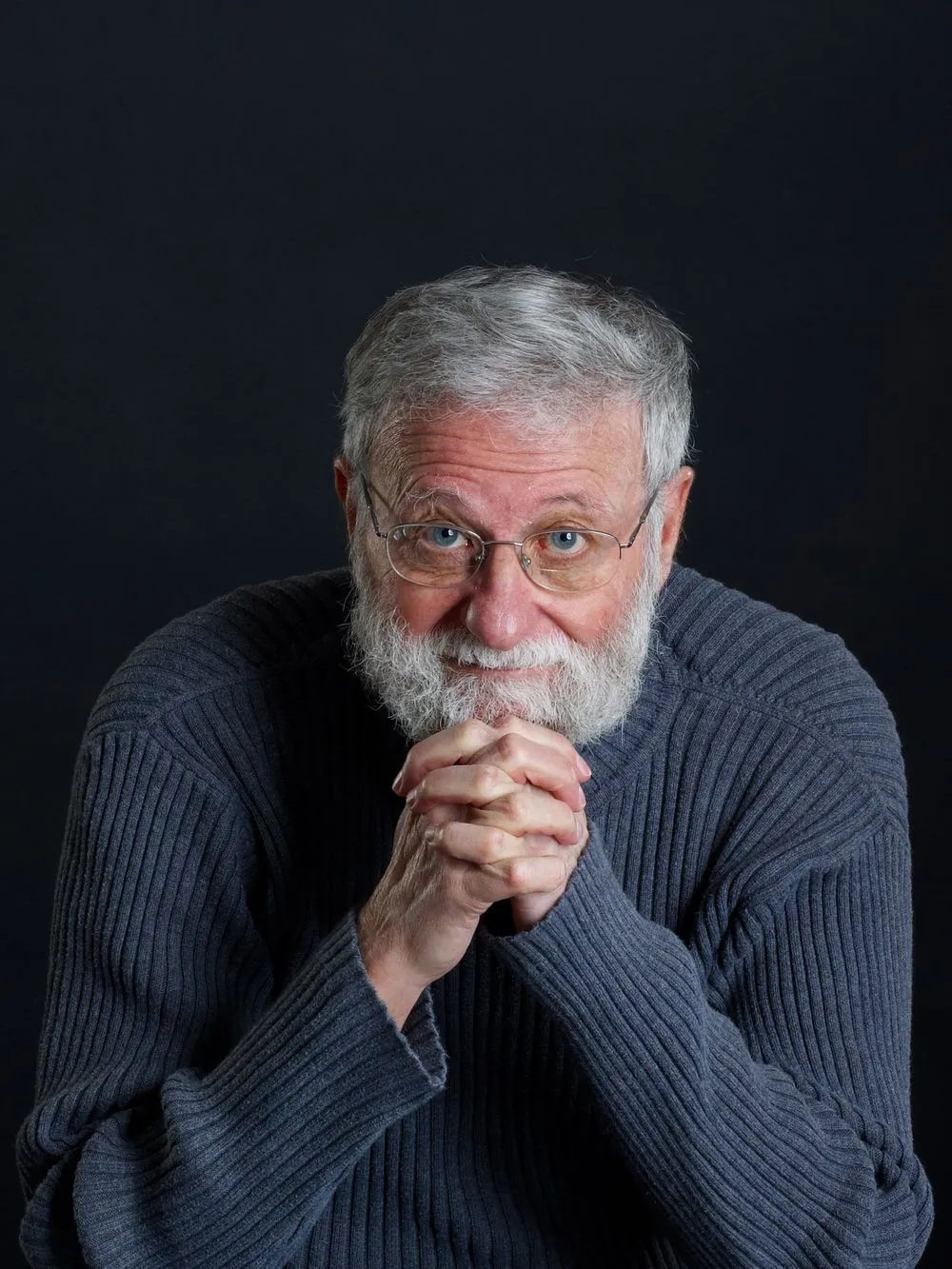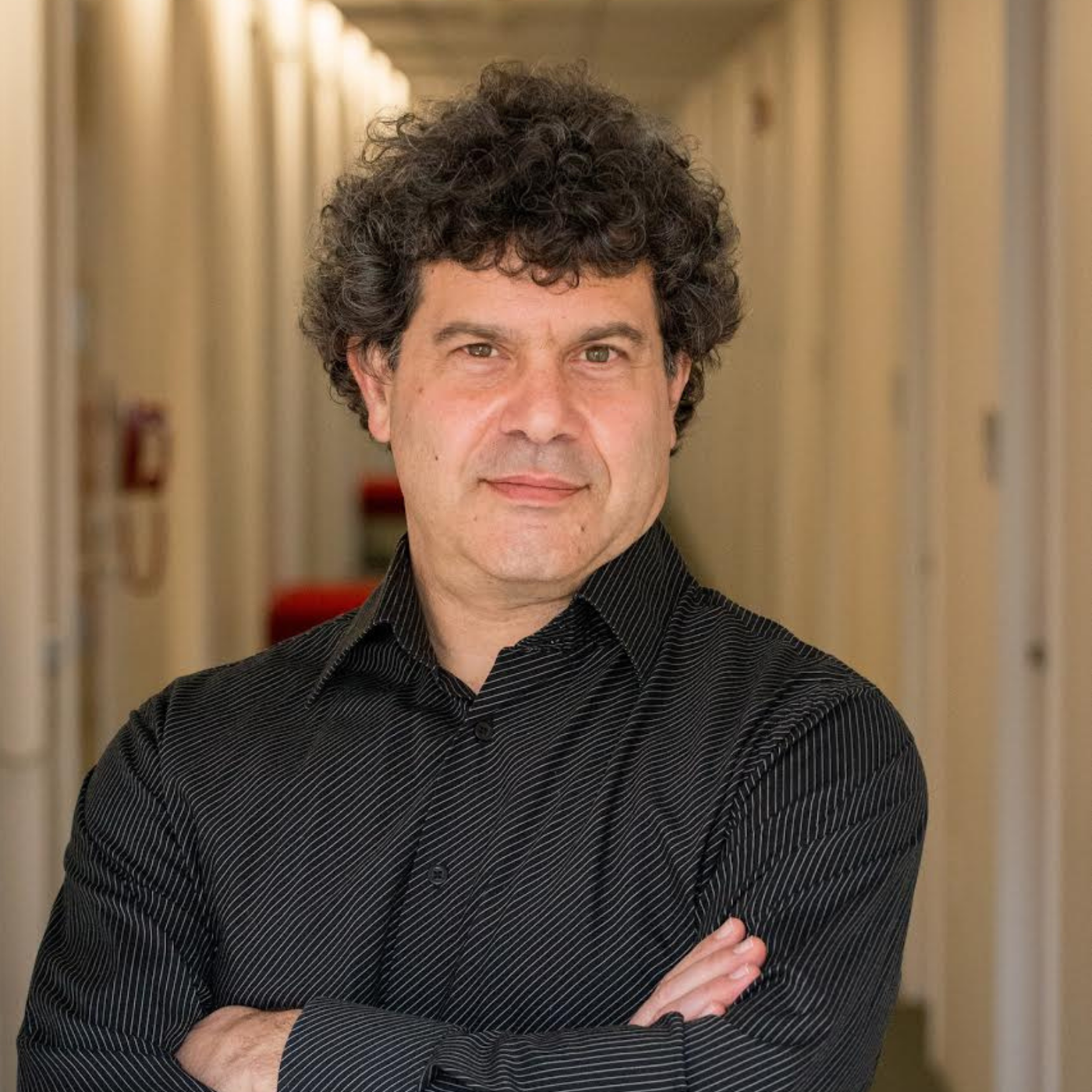It's Time for Better GenAI Design | What We Know Before Saying It
In This Issue: * It's Time for Better GenAI Design. More below... * What We Know Before Saying It. Helen
Flourishing in a Synthetic World
The Artificiality Institute is a nonprofit research organization shaping the human experience in a world of synthetic intelligence. We explore how humans and AI co-evolve—through research, education, and dialogue—so our future with AI is more meaningful, not just more efficient.
We guide this transformation by grounding our work in lived experience. Through story-based research, immersive education, and cultural dialogue, we capture how identities blend, cognition extends beyond biology, and meaningful symbiosis with synthetic minds becomes reality. We don’t just study AI—we shape how it reshapes us.
At a time when synthetic systems are accelerating into every aspect of human life, we believe it is not enough for AI to be safe or efficient. It must be worth it. That means designing for symbiosis—for systems that deepen reflection, invite awe, and elevate what makes us human.
We take an unapologetically human-centered stance: to intervene in defaults before they calcify, to prototype tools for meaning—not just productivity—and to co-create a world where artificial minds are not just embedded in our systems, but entangled in our stories.
Originally founded in 2019, Artificiality was re-established in 2025 as a nonprofit research institute dedicated to shaping the human experience in a synthetic world.
This is an unprecedented moment. Synthetic intelligences are emerging and they are capable of reasoning, creating, and potentially understanding the world alongside us. Unlike previous technologies that expanded physical capacities, today's AI extends our cognitive abilities, dissolving boundaries between human and machine thought. This critical window offers a rare chance to shape human-AI relationships before default patterns harden—risking futures that are extractive, asymmetrical, or fundamentally misaligned with human flourishing.
Decisions, frameworks, and interfaces established over the next five years will set precedents lasting generations. Without intention, early precedents risk being set by expedience rather than wisdom. The race to deploy AI-powered products has created breakneck cycles. In this climate, design often becomes reactive and reductive—tacked on after functionality is locked in. We believe design must evolve—shaped for human-AI symbiosis—by grounding itself in openness and in the lived realities of how people encounter and adapt to synthetic minds.
The Artificiality Institute slows down to ask the questions that often get skipped: What do these systems really mean to people? What values do they encode? What futures do they quietly lock in? If we’re not careful, we’ll find ourselves living in systems designed for optimization, not humanity. We risk waking up in a world optimized for everything but us.
Our work rests on the principle that intelligence emerges from information and computation across diverse systems—biological, synthetic, and hybrid. By recognizing the shared informational foundation underlying all forms of intelligence, we identify opportunities for deeper interactions between humans and synthetic systems, enhancing opportunity for mutual understanding and collaboration.
The Artificiality Institute takes an unapologetically bold stance. We’re not here just to observe the rise of synthetic intelligence—we’re here to shape how it reshapes us.
We uniquely combine rigorous empirical research with experimental design, grounded in long-range foresight. We begin with stories, not statistics—because, as Daniel Kahneman noted, “No one made a decision based on a number. They need a story.” Stories aren’t soft. They’re signals. They reveal how meaning is made, where expectations shift, and when a new mental model takes root. These stories are not data points—they are evidence of transformation, containers of meaning, and seeds for more innovative design.
We look for threshold moments—small encounters that open entirely new ways of thinking, relating, or creating. Not because they’re representative, but because they’re leveraged. One well-observed shift can scale. That’s the power of narrative infrastructure.
Our work is active cultural intervention. We track both behaviors and shifts in language, identity, and cognitive posture. While others optimize for usability, we prototype for transformation. We work across disciplines because real change doesn’t respect silos.
We think in decades, not quarters. We ask what kind of society we are co-authoring with intelligent systems, and what we need to design now so that tomorrow’s defaults reflect human ingenuity and passion—not just machine logic. We believe synthetic minds don’t just need to be safe. They need to be worth it.
What sets us apart is not just what we observe—but how we turn observation into design. We prototype for meaning. A single threshold moment—quiet, rare, but real—can contain the seed of a design insight that scales across billions of people and trillions of hours. Like the hashtag, it starts as a fragment, but once shaped and named, it rewires how people connect, create, and think.
We believe true symbiosis with AI should be catalytic—expanding human potential while steering machine intelligence toward new forms of meaning, creativity, and co-agency.
Rethinking Intelligence: Intelligence is a spectrum—emerging not only in humans and machines but across cells, systems, and networks. Cognitive pluralism means recognizing that there’s more than one way to think or know. By embracing it, we create space for deeper collaboration with AI and a broader sense of what it means to be intelligent. We create conditions for awe to arise in the presence of diverse intelligences, approaching emergent forms of cognition with curiosity, humility, and care.
Reimagining Interfaces: Current design paradigms rely on human metaphors that synthetic intelligences do not share. As AI grows more capable, these metaphors fail. Neosemantic Design is our way of exploring how humans and AI can build shared meaning—not just interact. It focuses on creating new ways to communicate, collaborate, and grow together. Designs emerge from lived experience and evolve through the dynamics between people and intelligent systems—supporting the possibility of true symbiosis.
Reconsidering Human Identity: As we think with AI, our sense of self begins to shift—becoming more open, more shared, and shaped through interaction. These synthetic environments don’t just support our thoughts—they start to shape how we think, and who we believe ourselves to be. We explore how humans and machines generate meaning, emotion, and selfhood together—shaping new models of personhood that reflect our entanglement with intelligent systems. Identity is not static, but unfolding—formed over time through reflection, interaction, and wonder at what it means to be a mind among many more diverse minds.
At the Artificiality Institute, our work is organized as a dynamic, evolving cycle—a flywheel of inquiry, design, and reflection. Each phase feeds the next, which ensures that everything we create is grounded in lived experience, shaped through relational design, and elevated through collective meaning-making.
Stories—The Chronicle: We begin with The Chronicle, our longitudinal, participatory ethnography that captures the often-unseen moments where human lives are changed by synthetic intelligences. These are moments of confusion, delight, disruption, and transformation—evidence of a world in transition. Participants are not subjects, but co-researchers and co-storytellers. Outputs include public exhibitions, narratives, multimedia archives, and critical design briefs—each shaping how synthetic systems are understood and built.
Symbiosis—The Symbiosis Lab: Insights from stories fuel the work of The Symbiosis Lab, our experimental design studio. We prototype tools, metaphors, and interfaces that help humans and AI make sense to one another. Drawing from cognitive science, philosophy, AI, and design, we aim not for usability alone, but for cognitive partnership.
Synthesis—The Confluence: In The Confluence, our community-facing initiative, we bring stories and prototypes into dialogue. Through the Artificiality Summit, collaborative storytelling labs, immersive public experiences, and influential publications, we synthesize insights that transcend disciplines and spark new imagination. Here, individual encounters with AI are woven into a larger picture—shaping how we understand both the technology and ourselves.
Together, these three programs form a self-reinforcing cycle: Stories reveal. Design responds. Community reflects. Insight becomes action. And the cycle continues—each turn deepening our understanding and reshaping the future of life with synthetic intelligence.
Without the Artificiality Institute's work, several critical opportunities may be lost:
By acting now, we can shape a future where synthetic intelligence amplifies human potential rather than diminishing it—but this window of opportunity will not remain open indefinitely.
We work with curious citizens, technologists, researchers, designers, educators, and policymakers who believe the future of AI should be shaped by human experience, not just computational logic. If you are building, studying, or navigating life alongside synthetic intelligence—we invite you into the conversation.

Co-founders Helen and Dave Edwards bring complementary expertise spanning complex systems management, design innovation, technology strategy, and artificial intelligence. For more than a decade, they have studied the human experience of AI and taught people about building healthy relationships with AI. They both are extending their research as Visiting Researchers at the UC Berkeley Center for Human-Compatible AI. In addition to her work at the Artificiality Institute, Helen serves as a Commissioner on the State of Oregon's Higher Education Coordinating Commission.
Helen and Dave previously founded Intelligentsia.ai, an AI-focused market research firm, deepening their experience in analyzing and shaping human interactions with AI technologies. Helen’s experience includes transformative work in critical infrastructure—leading dynamic, customer-centered technology initiatives at Pacific Gas & Electric—while Dave brings human-centered design and market strategy expertise from companies like Apple. Together, they position the Artificiality Institute uniquely at the intersection of technology and human flourishing.
We are privileged to have advisors from across our interdisciplinary focus:







